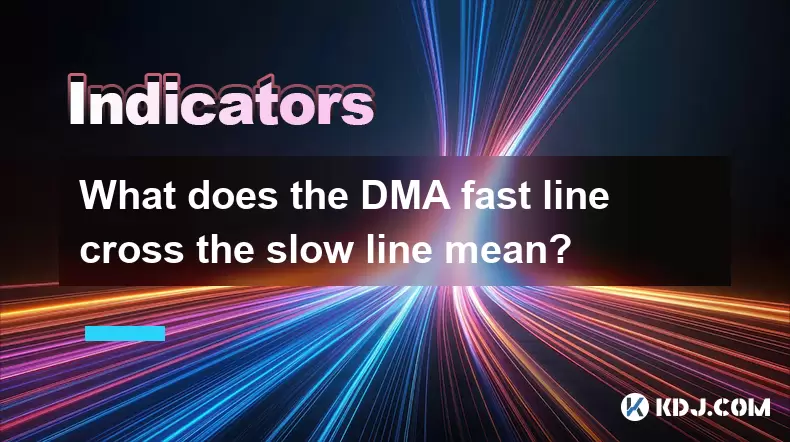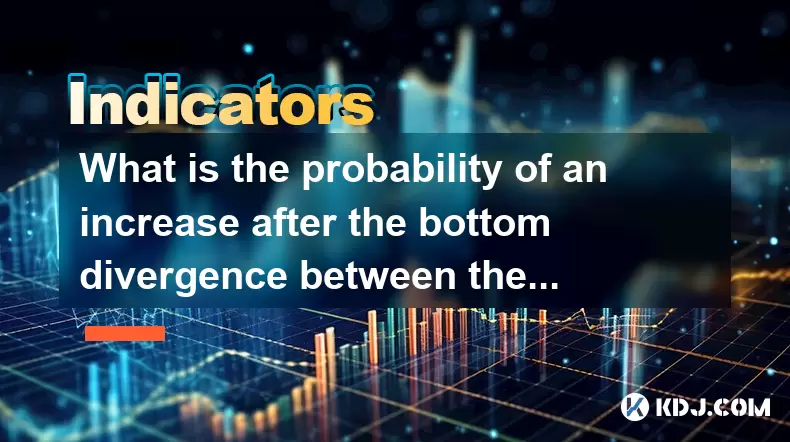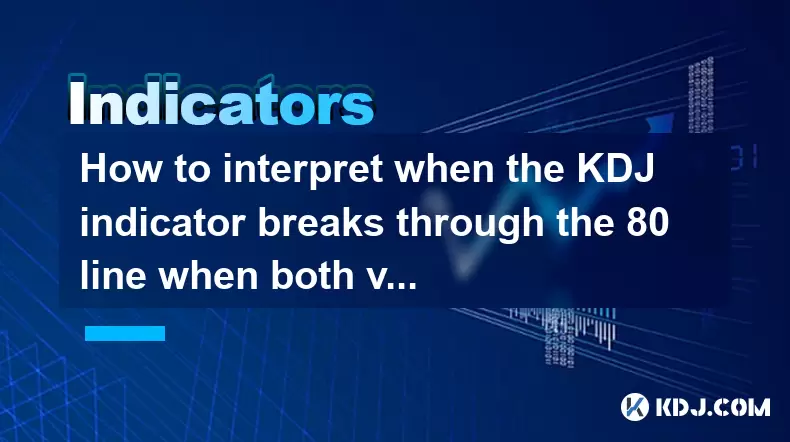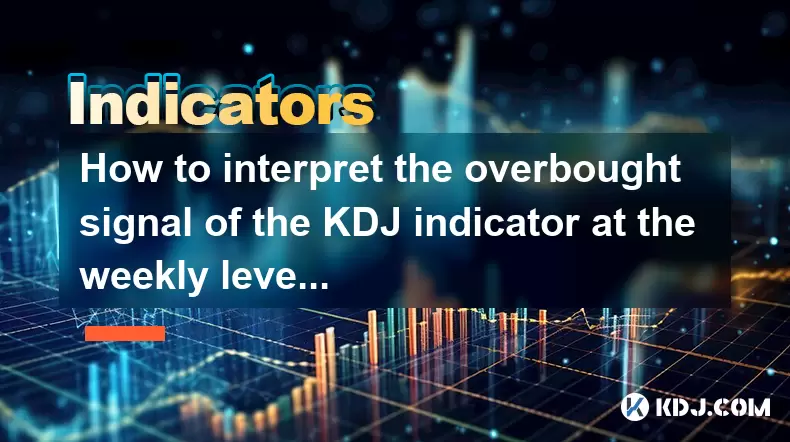-
 Bitcoin
Bitcoin $115100
-2.99% -
 Ethereum
Ethereum $3642
-1.38% -
 XRP
XRP $3.027
-5.51% -
 Tether USDt
Tether USDt $1.000
-0.05% -
 BNB
BNB $763.4
-1.32% -
 Solana
Solana $177.2
-5.42% -
 USDC
USDC $0.9999
-0.02% -
 Dogecoin
Dogecoin $0.2247
-6.47% -
 TRON
TRON $0.3135
0.23% -
 Cardano
Cardano $0.7824
-4.46% -
 Hyperliquid
Hyperliquid $42.53
-0.97% -
 Stellar
Stellar $0.4096
-6.09% -
 Sui
Sui $3.662
-2.61% -
 Chainlink
Chainlink $17.63
-3.57% -
 Bitcoin Cash
Bitcoin Cash $536.3
2.94% -
 Hedera
Hedera $0.2450
0.34% -
 Avalanche
Avalanche $23.23
-3.15% -
 Litecoin
Litecoin $112.2
-1.23% -
 UNUS SED LEO
UNUS SED LEO $8.976
-0.30% -
 Shiba Inu
Shiba Inu $0.00001341
-2.72% -
 Toncoin
Toncoin $3.101
-2.44% -
 Ethena USDe
Ethena USDe $1.001
-0.05% -
 Uniswap
Uniswap $10.08
-1.97% -
 Polkadot
Polkadot $3.938
-2.77% -
 Monero
Monero $323.9
0.87% -
 Dai
Dai $0.9999
-0.02% -
 Bitget Token
Bitget Token $4.481
-1.69% -
 Pepe
Pepe $0.00001199
-5.94% -
 Aave
Aave $288.2
-0.68% -
 Cronos
Cronos $0.1279
0.36%
What does the DMA fast line cross the slow line mean?
A DMA fast line crossing above the slow line signals bullish momentum, suggesting a potential uptrend and a possible entry point for long positions in crypto trading.
Jul 25, 2025 at 12:00 am

Understanding DMA in Cryptocurrency Trading
The DMA (Dynamic Moving Average) is a technical indicator used in cryptocurrency trading to identify trends and potential entry or exit points. Unlike traditional moving averages that rely on fixed periods, the DMA adapts dynamically based on market volatility and price momentum. Traders use it to assess the strength and direction of price movements. The DMA consists of two primary components: the fast line and the slow line. These lines are derived from different smoothing factors or calculation periods, with the fast line reacting more quickly to price changes than the slow line.
When analyzing charts, the interaction between these two lines can provide valuable signals. A key event occurs when the DMA fast line crosses the slow line. This crossover is interpreted as a shift in momentum and may indicate a change in trend direction. Depending on the direction of the crossover, traders may consider opening or closing positions. The reliability of this signal increases when confirmed by volume data or other technical indicators such as RSI or MACD.
What Happens When the Fast Line Crosses Above the Slow Line?
A bullish crossover occurs when the DMA fast line moves above the slow line. This event suggests that upward momentum is increasing and may signal the beginning of an uptrend. In the context of cryptocurrency trading, this could indicate a favorable time to enter a long position or exit a short position.
- Monitor the price chart for confirmation that the crossover aligns with rising volume.
- Check whether the crossover occurs near a known support level, which strengthens the signal.
- Ensure that the price is above key moving averages like the 50-day or 200-day SMA.
- Consider using additional oscillators such as the Stochastic RSI to confirm overbought or oversold conditions.
Traders often set buy orders just after the crossover is confirmed on a closing basis to avoid false signals from intraday fluctuations. It is critical to apply stop-loss orders below recent swing lows to manage risk effectively.
What Does It Mean When the Fast Line Crosses Below the Slow Line?
A bearish crossover takes place when the DMA fast line drops below the slow line. This indicates that downward momentum is building and may suggest the start of a downtrend. For cryptocurrency traders, this could be a signal to exit long positions or initiate short trades.
- Validate the crossover by examining whether trading volume is increasing during the decline.
- Look for resistance levels near the crossover point to assess potential price rejection.
- Confirm with other bearish patterns such as descending triangles or head and shoulders formations.
- Use volatility indicators like Bollinger Bands to determine if the market is entering an expansion phase.
Placing a sell or short entry immediately after the crossover closes below the slow line is a common strategy. Stop-loss orders should be placed above the most recent swing high to limit downside risk if the market reverses unexpectedly.
How to Set Up DMA on a Trading Platform
To utilize the DMA crossover strategy, you must first configure the indicator on your trading platform. Most advanced charting tools such as TradingView, MetaTrader 4/5, or CryptoWatch support custom moving averages.
- Open your preferred charting platform and load the cryptocurrency pair you wish to analyze.
- Navigate to the "Indicators" section and search for "Moving Average" or "Custom Moving Average."
- Add the first moving average and set the smoothing factor to a lower value (e.g., 10) to represent the fast line.
- Add a second moving average with a higher smoothing factor (e.g., 21) for the slow line.
- Adjust the calculation method to exponential or weighted if the platform allows dynamic adjustments.
- Label each line clearly to distinguish between fast and slow on the chart.
Some platforms may require scripting (e.g., Pine Script on TradingView) to implement a true DMA. In such cases, write or import a script that defines the adaptive calculation logic based on volatility or price acceleration.
Common Pitfalls and How to Avoid Them
While the DMA crossover is a powerful tool, it is not immune to false signals, especially in highly volatile cryptocurrency markets. Whipsaws—rapid back-and-forth crossovers—can lead to multiple losing trades if not managed properly.
- Avoid trading crossovers during low-volume periods, such as weekends or holidays, when crypto markets are less liquid.
- Combine the DMA with a trend filter, such as the ADX (Average Directional Index), to ensure the market is trending before acting on crossovers.
- Use longer timeframes (e.g., 4-hour or daily charts) to reduce noise and improve signal accuracy.
- Never rely solely on DMA crossovers; integrate them into a broader strategy that includes support/resistance and order flow analysis.
Backtesting your DMA strategy on historical data is essential. Use tools like Backtrader or QuantConnect to simulate how the fast and slow line crossovers would have performed over the past year on Bitcoin or Ethereum charts.
Interpreting Crossovers in Different Market Conditions
The significance of a DMA fast line crossing the slow line varies depending on the prevailing market environment. In a strong trending market, crossovers tend to be more reliable and produce longer-lasting moves. During ranging or choppy markets, crossovers may occur frequently without sustained follow-through.
- In an uptrend, look for bullish crossovers as re-entry opportunities after pullbacks.
- In a downtrend, bearish crossovers may confirm continuation rather than reversal.
- In sideways markets, consider filtering out crossovers unless accompanied by a breakout from a consolidation zone.
Volume analysis becomes especially important here. A crossover supported by a spike in trading volume on major exchanges like Binance or Coinbase adds credibility to the signal. Conversely, low-volume crossovers should be treated with skepticism.
FAQs
What timeframes are best for observing DMA crossovers in crypto trading?
The 1-hour, 4-hour, and daily charts are commonly used for DMA analysis. Shorter timeframes like 5-minute or 15-minute charts generate too many false signals due to market noise. The 4-hour chart offers a balanced view of momentum and trend, making it ideal for swing traders.
Can DMA crossovers be automated using bots?
Yes, trading bots on platforms like 3Commas, Gunbot, or Bitsgap can be programmed to execute trades when the DMA fast line crosses the slow line. You must define parameters such as the fast and slow periods, trade size, and stop-loss levels within the bot’s configuration settings.
How is DMA different from MACD?
While both involve fast and slow lines, the MACD (Moving Average Convergence Divergence) uses the difference between two EMAs and includes a signal line and histogram. DMA focuses solely on the adaptive moving averages themselves without deriving a separate momentum oscillator. DMA is simpler and more direct in trend identification.
Should I use DMA on all cryptocurrencies?
DMA works best on highly liquid cryptocurrencies such as Bitcoin (BTC), Ethereum (ETH), and Binance Coin (BNB). Low-cap altcoins with erratic price action and low volume often produce unreliable crossovers. Always assess the asset’s trading volume and historical volatility before applying DMA.
Disclaimer:info@kdj.com
The information provided is not trading advice. kdj.com does not assume any responsibility for any investments made based on the information provided in this article. Cryptocurrencies are highly volatile and it is highly recommended that you invest with caution after thorough research!
If you believe that the content used on this website infringes your copyright, please contact us immediately (info@kdj.com) and we will delete it promptly.
- TOKEN6900: The Next Big Meme Coin? Presale Heats Up!
- 2025-07-26 05:30:35
- ONDO Breakout Assessment: Whales, Wallets, and What's Next?
- 2025-07-26 05:30:35
- Kaspa's Strongest Month REVEALED: New Data Shocks KAS Traders!
- 2025-07-26 04:30:12
- Cross-Border Payments Revolution: Stablecoins and Payment Providers Leading the Charge
- 2025-07-26 04:50:12
- Crypto Losses: From ZIRP to Zero - How I Lost a Million Dollars (and What You Can Learn)
- 2025-07-26 04:30:12
- Strategy, Bitcoin, and Preferred Stock: A New York Minute on Saylor's Bold Bet
- 2025-07-26 04:50:12
Related knowledge

What does it mean when the price breaks through the 30-day moving average and is accompanied by a large volume?
Jul 26,2025 at 03:35am
Understanding the 30-Day Moving Average in Cryptocurrency TradingThe 30-day moving average (MA) is a widely used technical indicator in the cryptocurr...

What does it mean when the MACD bar turns from negative to positive?
Jul 26,2025 at 05:01am
Understanding the MACD Indicator in Cryptocurrency TradingThe Moving Average Convergence Divergence (MACD) is a widely used technical analysis tool in...

Does the golden cross of the KDJ three lines at the annual line level indicate a turning point in the big cycle?
Jul 26,2025 at 01:35am
Understanding the KDJ Indicator in Cryptocurrency TradingThe KDJ indicator is a momentum oscillator widely used in technical analysis, especially with...

What is the probability of an increase after the bottom divergence between the KDJ indicator and the trading volume?
Jul 26,2025 at 01:29am
Understanding KDJ Indicator and Its Role in Technical AnalysisThe KDJ indicator is a momentum oscillator widely used in cryptocurrency trading to iden...

How to interpret when the KDJ indicator breaks through the 80 line when both volume and price rise?
Jul 26,2025 at 12:47am
Understanding the KDJ Indicator and Its ComponentsThe KDJ indicator is a momentum oscillator widely used in technical analysis within the cryptocurren...

How to interpret the overbought signal of the KDJ indicator at the weekly level?
Jul 26,2025 at 04:09am
Understanding the KDJ Indicator at the Weekly LevelThe KDJ indicator is a momentum oscillator widely used in technical analysis to identify potential ...

What does it mean when the price breaks through the 30-day moving average and is accompanied by a large volume?
Jul 26,2025 at 03:35am
Understanding the 30-Day Moving Average in Cryptocurrency TradingThe 30-day moving average (MA) is a widely used technical indicator in the cryptocurr...

What does it mean when the MACD bar turns from negative to positive?
Jul 26,2025 at 05:01am
Understanding the MACD Indicator in Cryptocurrency TradingThe Moving Average Convergence Divergence (MACD) is a widely used technical analysis tool in...

Does the golden cross of the KDJ three lines at the annual line level indicate a turning point in the big cycle?
Jul 26,2025 at 01:35am
Understanding the KDJ Indicator in Cryptocurrency TradingThe KDJ indicator is a momentum oscillator widely used in technical analysis, especially with...

What is the probability of an increase after the bottom divergence between the KDJ indicator and the trading volume?
Jul 26,2025 at 01:29am
Understanding KDJ Indicator and Its Role in Technical AnalysisThe KDJ indicator is a momentum oscillator widely used in cryptocurrency trading to iden...

How to interpret when the KDJ indicator breaks through the 80 line when both volume and price rise?
Jul 26,2025 at 12:47am
Understanding the KDJ Indicator and Its ComponentsThe KDJ indicator is a momentum oscillator widely used in technical analysis within the cryptocurren...

How to interpret the overbought signal of the KDJ indicator at the weekly level?
Jul 26,2025 at 04:09am
Understanding the KDJ Indicator at the Weekly LevelThe KDJ indicator is a momentum oscillator widely used in technical analysis to identify potential ...
See all articles

























































































